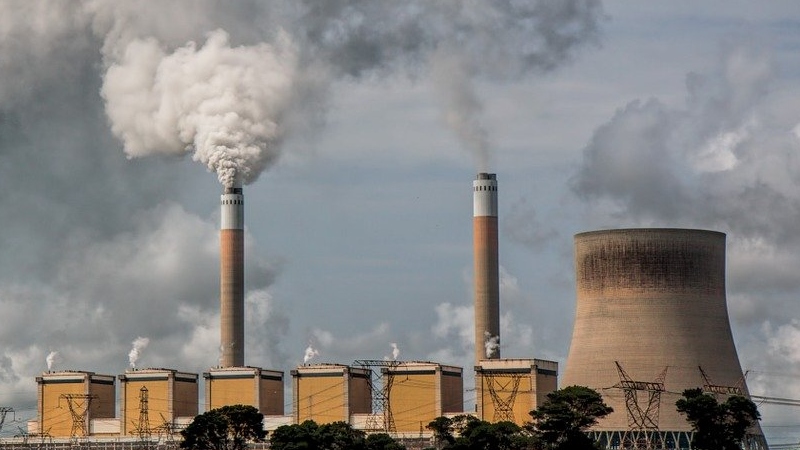A new analysis has revealed that Fossil fuel extraction and exploration is taking place at almost 3,000 sites in protected areas around the world, with the UK having the highest number of fossil fuel sites in protected areas.
According to reports, the activities affect more than 800 areas established to defend nature globally. The coal, oil and gas at the fossil fuel sites would lead to 47bn tonnes of climate-heating carbon dioxide if fully exploited, four times the annual emissions of China, the world’s biggest polluter.
The sites included are oil and gas operations, coal mines, fossil fuel sites in development and those with exploration licences.
In his reaction, Alice McGown, a geographic information expert at the Leave it in the Ground Initiative (Lingo), which produced the study said “Every single one of these sites is a sign of hypocrisy, saying on one hand that this area is worthy of protection and then on the other hand, bringing fossil fuel extraction into those same areas,”.
The study also assessed the potential CO2 emissions from fossil fuel activities in protected areas for each country, with China, Venezuela and Saudi Arabia making up the top three and the UK, Australia, US and Canada all in the top 12.
Read also: Flooding kills over 400 in DRC
Among the areas affected are marine protected areas in the UK, the Arctic national wildlife refuge in the US, Canada’s Rocky Mountain parks, and the Coongie Lakes in South Australia. China’s Xilin Gol natural steppe protected area and the Jubail marine wildlife sanctuary in Saudi Arabia also contain fossil fuel activities.
The United Arab Emirates is expected to preside over the UN’s annual climate summit in November and December and is also in the top 12 countries, with oil and gas activities in the Marawah biosphere reserve, which is a refuge for dugongs, sea turtles and corals.
The study showed that at 509, the number of fossil fuel sites in UK protected areas is more than any other country, according to the analysis, with most in the North Sea. It also found 170 oil and gas sites in the southern North Sea Ospar marine protected area and further sites in the north Norfolk sandbanks, Saturn reef and Liverpool Bay protected areas. The Faroe-Shetland sponge belt Ospar area is also an area of major fossil fuel exploitation.
Story was adapted from the Guardian.
